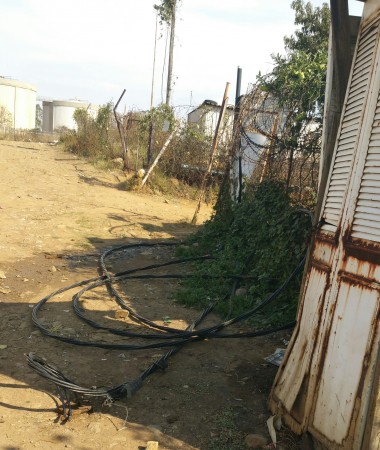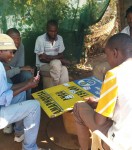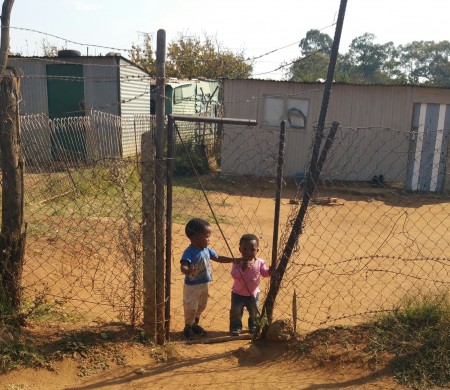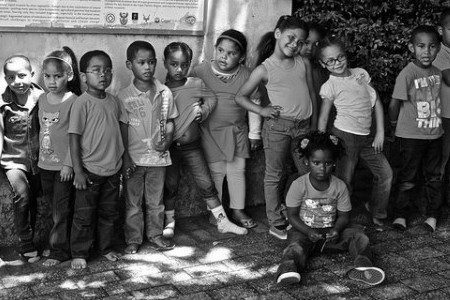The death of Aruna Shanbaug this week was raising questions surrounding her attacker’s lenient sentence, nearly 43 years ago. The question of testing the legal system after 43 years, and opening up the rape incident where the attacker was not convicted, could see justice finally prevail. Now that Shanbaug is dead questions will be asked and answers could prove encouraging for women in India.
It is hard for many to imagine living without ever being able to record any historical events, for over four decades. Comatose patients miss out on scores of real life activities through natural and unnatural events. Most unconscious patients, although they appear to be awake, cannot feel, hear, speak, or move. Comas are caused by lack of oxygen to the brain or strokes, excluding drug-induced comas. There is a 15 percent chance of comas caused by trauma to the head, abnormal glucose levels, and malnutrition. A coma can last for a few days, a few weeks, or years.
The story of a Mumbai woman who died this week, after spending 42 years in a comatose state revealed that this was the longest recorded case. As a young 20-year-old nurse with a potentially bright future Shanbaug was brutally raped by a hospital ward assistant on the night of November 27, 1973.
Sohanlal Bharat Valmiki stole food meant for animals and Shanbaug reported the incident to the appropriate authorities. Valmiki wanted revenge and waited for Shanbaug to leave the hospital. Valmiki placed a dog chain around Shanbaug’s neck, raped the young girl, and stole her watch. The dog chain was so tight around her neck that breathing became difficult causing Shanbaug to fall into an unconscious state. 11 hours passed before Shanbaug was found and by that time she faced a grim possibility of recovery.
Valmiki was convicted of attempted murder and theft, but not for the rape. The conviction has been perceived as a lenient punishment for the dark crime. The question being asked now that Shanbaug has died, is whether Valmiki will be tried for murder after receiving a lenient sentence more than 42 years ago.
Over time, her friends and family abandoned the comatose Shanbaug, and it was the dedication of nurses and doctors that helped the young girl. A plea for euthanasia was dismissed in 2011 under the law of India. The right to life under Article 21 did not include the right to die and euthanasia coupled with assisted suicide was not legal in India.
In 1970 Edwardo O’Bara, a young high school student suddenly, without warning, fell ill and slipped into a diabetic coma. O’Bara remained in an unconscious state for 42 years and at the age of 59 died in November 2012. At the age of 59, O’Bara spent most of his life in a coma, as a woman from Miami who was cared for by her family during the difficult years until she finally slipped away.
After Edwards O’Bara had been declared the longest person in a comatose state, Elain Esposito of Tarpon Springs, Florida was noted as the second most prolonged recorded unconscious state. Esposito was in an unconscious state for 37 years. As a six-year-old child, Esposito was anesthetized for an appendectomy in August, 1941 and never woke up from the operation. Esposito died at the age of 43 in November 1978.
Opinion By Laura Oneale
Published today on the Guardian LVRead more at http://guardianlv.com/2015/05/aruna-shanbaug-death-raises-questions/#d3ToVpbA3iwlHEfm.99

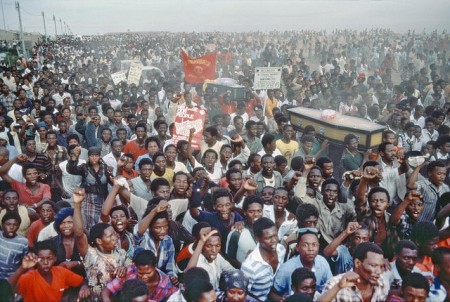
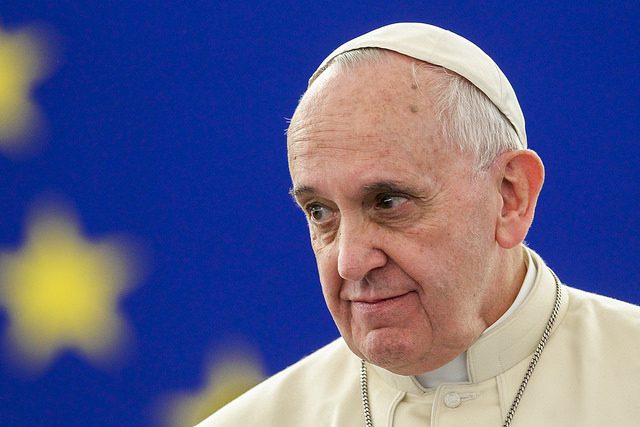
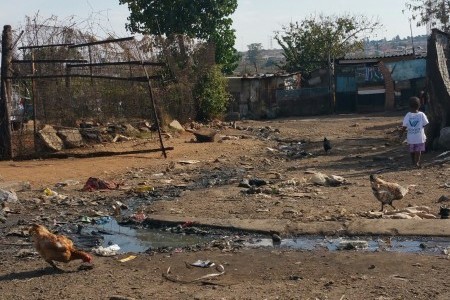
 The
roads are covered with sewerage spilling over from one or two hired
toilets allocated to thousands of people. There is one tap supplying
water to the residents of a squatter camp. The makeshift houses are
crumbling down, and people are starving. Children running around totally
unaware of living conditions that will impact on their lives. The
stench is unbearable to visitors yet residents have become accustomed to
the unhealthy smell. There is no sewerage infrastructure, no
electricity and a small quantity of water.
The
roads are covered with sewerage spilling over from one or two hired
toilets allocated to thousands of people. There is one tap supplying
water to the residents of a squatter camp. The makeshift houses are
crumbling down, and people are starving. Children running around totally
unaware of living conditions that will impact on their lives. The
stench is unbearable to visitors yet residents have become accustomed to
the unhealthy smell. There is no sewerage infrastructure, no
electricity and a small quantity of water.